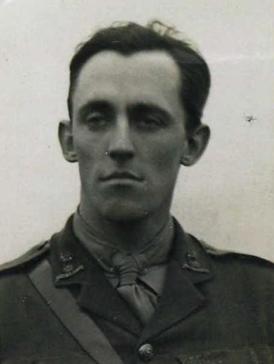Top Qs
Timeline
Chat
Perspective
Edye Rolleston Manning
From Wikipedia, the free encyclopedia
Remove ads
Air Commodore Edye Rolleston Manning CBE DSO MC (14 February 1889 – 26 April 1957) was an Australian-born senior officer in the Royal Air Force.[1][2][3][4][5][6] In the early days of the Second World War he was tasked with establishing a string of airfields in the Far East from Lashio to Mingladon.[7][8][9]
Remove ads
Early life
Edye Rolleston Manning was born in Australia on 14 February 1889, the son of William Alexander Manning, a solicitor practising in Sydney, Australia.[4][10] He was educated at Bedford Modern School in England before going on to study medicine at the University of Edinburgh.[4]
Military career
Summarize
Perspective
When the First World War broke out, Manning ceased his studies at Edinburgh and joined the cavalry, serving in France and Belgium with the 15th Hussars.[4][11] Frustrated by the stalemate of trench warfare he transferred to the Royal Flying Corps where he attained RAeC Certificate No. 2253 on 9 October 1916.[12] He was wounded at the Battle of the Somme in July 1916 while serving with No. 3 Squadron.[12]
As Commanding Officer of No. 6 Squadron, Manning was responsible for the evacuation of the British High Commissioner from Suliemanieh in Kurdistan, after which he was made a Companion of the Distinguished Service Order.[12] In 1928 he chose to go on half-pay in order to attempt a flight from England to Australia in a Westland Widgeon he owned privately.[13][14] He got as far as Tunis before crashing at Lebda; Manning was uninjured but his plane was a write-off and he was forced to abandon the attempt.[12]
After his aborted flight, Manning became Officer Commanding of RAF Hornchurch (1930)[15] and RAF Manston (1933)[16] before retiring in 1935 to become a stockbroker in Sydney.[11][12] At the advent of the Second World War he was persuaded to return to the Royal Air Force, becoming Officer Commanding No. 221 Group (RAF) as a group captain in March 1941, establishing a "string of airfields stretching from Lashio to Mingladon".[12][17] In January 1942 he was appointed Air Commodore of the Group.[12]
Manning died on 26 April 1957.[11] There is a photographic portrait of Manning at the National Portrait Gallery, London.[18]
Remove ads
References
Wikiwand - on
Seamless Wikipedia browsing. On steroids.
Remove ads

